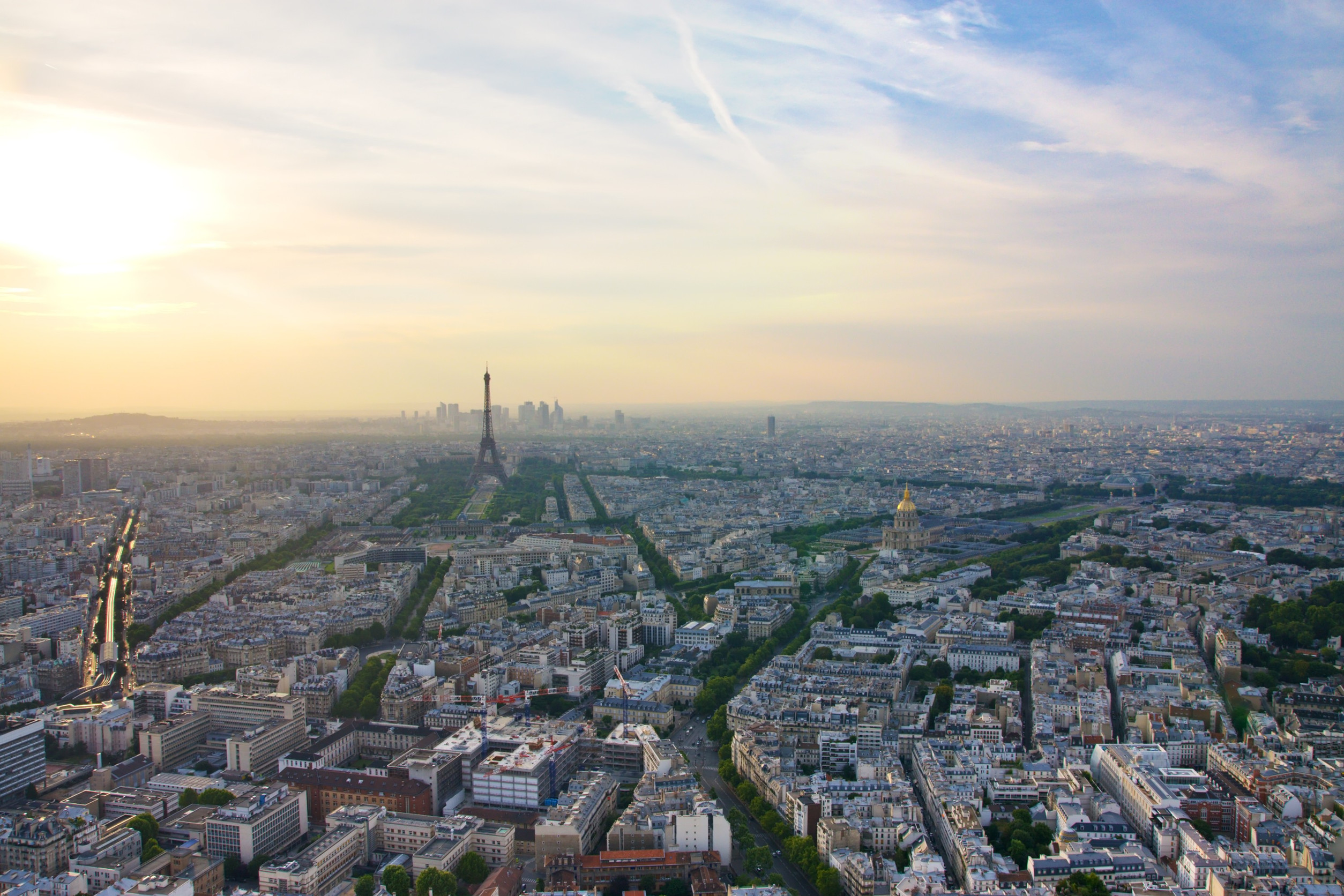Data centers are infamously energy-intensive, but what people aren’t always aware of is that they also require huge amounts of water to keep servers cool. And to make matters worse, data centers are often situated in desert-like places where water is already scarce.
Part of the reason companies like Google and Microsoft locate data centers in deserts is because it’s easier to remove heat in a dry environment. Plus, data centers can generate a lot of power from solar energy by being in the desert.
As Microsoft gets set to open new data centers in Arizona next year, the company has announced plans to address dwindling water resources by replenishing even more water than it uses for its global operations by 2030. Although exact details have yet to be released, Microsoft’s chief environmental officer Lucas Joppa said the company will “invest as much as we need to meet the goal.”
Microsoft will focus on replenishing water sources in 40 “highly stressed” areas where it operates and is adopting new systems to cut down on water usage. In Arizona, for instance, the company plans to use a system called “adiabatic cooling,” which basically uses outside air instead of water to cool its servers if it isn’t hotter than 85 degrees Fahrenheit outside. When it gets hotter than 85 degrees outside, it will switch to an evaporative cooling system, similar to “swamp coolers” some people have homes that cool the air by pushing it over or through water-soaked pads. The tech giant said this method will use up to 90 percent less water than the traditional water-based cooling system.
As for other areas where Microsoft is operating, the company is considering a broad range of fixes, from restoring wetlands to injecting water back into diminishing aquifers. Restoring a wetland can slow or stop water flow enough to allow the aquifer beneath it to recharge. Microsoft can also follow the lead of places like Orange County, California that have figured out how to replenish aquifers by cleaning up the water it uses and pumping it back into the ground.
This isn’t the only big climate announcement Microsoft has made this year. Back in January, we reported when Microsoft announced plans to remove all of the carbon dioxides it has ever released into the atmosphere by 2050.











